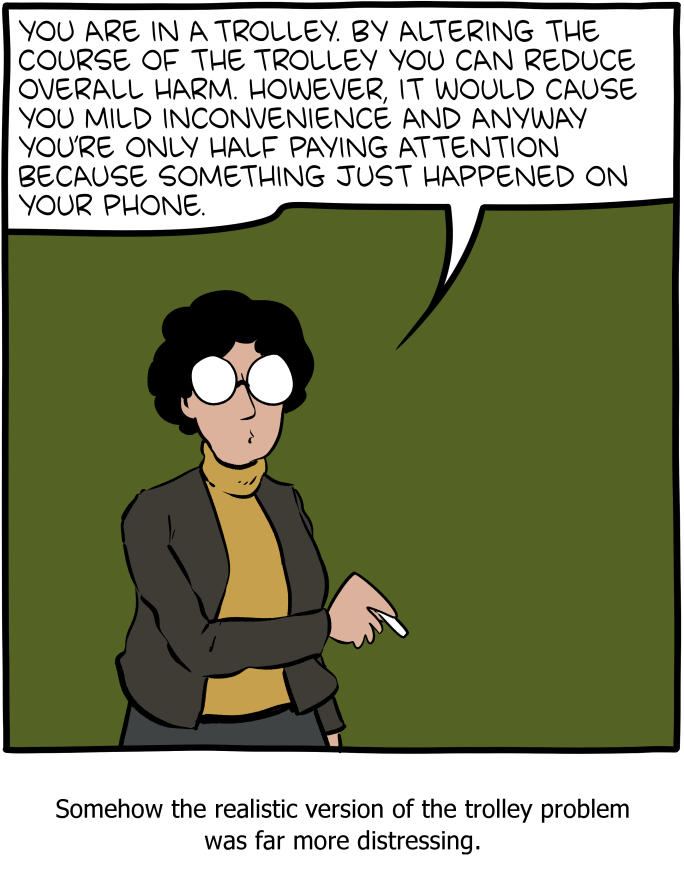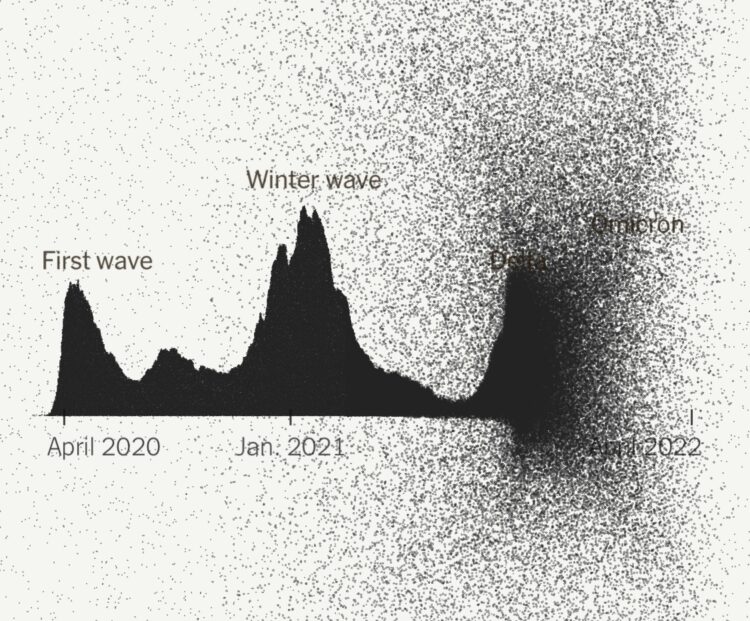
cartoon by the incomparable Michael Leunig
I‘ve never really liked most people very much. I don’t seek out, or need, much human company, preferring to interact with a few who are as interested as I am in the subjects of this blog:
- Creative works of all kinds
- Appreciating how the world really works
- Understanding our culture, and human nature
- Tracking the collapse of our civilization, and the sixth great extinction
- Exploring radical non-duality, free will and conditioning
I also enjoy interacting with an even smaller group of people who, for reasons I can’t really fathom, seem to really enjoy my company. I put that down to chemistry, which I wouldn’t even try to understand.
This year, my misanthropy has had the upper hand over me far too much of the time for my liking. I can tell myself that, like everyone else, I have no control over my reactions, beliefs, preferences and passions, but it doesn’t stop me from being distressed by them, from finding them ‘inappropriate’. It’s not even that I find the views and actions of people unfathomable. As I keep saying, no one is to blame and we are all doing our best.
So why do I get so exasperated by seemingly intelligent, thoughtful, informed people who, for example, support sending massive amounts of munitions to expand a war, who support censoring and ‘cancelling’ radical feminists and others with ‘unacceptable’ views, who think vaccines are evil and masks are an unreasonable restriction on their ‘freedom’, who think many or all government services are non-essential and unaffordable and should be privatized or discontinued, who think it matters which party you vote for in the next election, or who think climate collapse can be averted?
I appreciate that most people simply can’t help themselves. Why do I expect more of more intelligent people?
I used to agree with most people who call themselves ‘progressives’, on almost all issues. But now, when I am writing or speaking with people, I have to remind myself which subjects we agree on, and which we utterly disagree on, basically because I’ve found it completely pointless to even broach the latter. And ‘the latter’ seems to be an ever-growing proportion of what everyone is talking about.
Nevertheless, I get grumpy when I see or experience stupidity, ignorance, mis- and disinformation, naïveté, simplistic thinking, over-reaction, narcissism, cruelty, violence, aggression, righteous indignation, sloppiness, arrogance (including my own), self-pity, fearfulness, self-preoccupation, manipulation, meanness, incompetence and other very normal, understandable human characteristics and behaviours. Why does that happen, when I understand why things are that way?
And so I worry about a world sliding into fascism, a world utterly incapable of coping with the ever-growing challenges of collapse, although I know in my heart and my head and my bones, there is nothing to be done about it. What then is the point of worrying? I suppose we feel fear even when we know what we fear cannot be avoided, especially when the form the things we fear are going to take is so unclear and uncertain.
Recently, however, there have been times when the misanthropy just kind of disappears. When I see people struggling with difficult circumstances, or in physical pain. When I see people just smiling quietly, or singing, or obviously in love. When I see people working passionately on a project they love. When I see children in non-competitive play, or hear birdsong, or beautifully-composed music, or see pink and purple clouds at sunset. When people obviously brimming with joy greet me and everyone they see cheerfully.
In short, it is when I pay attention, right here, right now, that the misanthropy seems to melt away. When I get outside my head, and discover others likewise not locked inside their heads, not dwelling on everything that they imagine to be wrong with their world, or the world.
I have often said that I believe wild creatures move easily between two states — excitement and equanimity — save in the rare moments they face existential stress. I think that is how I want to live, and how I, or at least the idealist in me that is still hanging on, want all humans to live. Accepting of what is, noticing more here and now, thinking a lot less about abstract things and things they can do nothing about, and not getting caught up in their heads.
It’s a cliché that the things we presume to dislike in other people are the things we actually dislike about ourselves, which we resent seeing reflected back at us in others’ behaviours. All those things that I said above make me grumpy — stupidity, ignorance, expression of mis- and disinformation, naïveté, simplistic thinking, over-reaction, narcissism, cruelty, violence, aggression, righteous indignation, sloppiness, arrogance, self-pity, fearfulness, self-preoccupation, manipulation, meanness, incompetence — when I see them in others, are things that I am embarrassed to acknowledge I have been ‘guilty’ of, and sometimes still am.
So perhaps my misanthropy is a mask for shame. And the things I mentioned above that melt away my misanthropy do so because they do not reflect back on me the things I am ashamed of in my past or present self.
After all, since I know we cannot be other than how we are, my misanthropy cannot have any logical underpinnings, so it must have a psychological basis. We are all healing, and perhaps it is just too uncomfortable and embarrassing to be reminded of old and unhealed wounds when I see them freshly gaping in others. Perhaps I am afraid that the fearfulness and other lamentable and useless frailties of others will tear open the same fearfulness and frailties, anew, in me.
Of course, knowing this, if it is even true, doesn’t make any difference; it is not useful knowledge. There is no solace in feeling “Too Far Ahead” of most other people, and even believing that anyone is “ahead” of anyone else is just one more arrogance to invoke even more self-shame.
Like everyone else, I cannot help myself. Of late I have been trying to spend less time inside my head, less time online, more time sensing and less time trying to make sense. Not that I have any control over that — that just seems to be who I am, now, what I seem inclined to do. Might just be a new form of escapism.
But whatever it is, I am driven, now, to go out and walk by the river, smile for no reason, pay attention to small things, make eye contact with people and greet them cheerfully (even when that raises eyebrows), watch the birds and the squirrels, think less about what my senses are sensing, and just see where that takes me. Hopefully, to a place that is less misanthropic, less self-possessed, and more useful to the world.


 .
.























